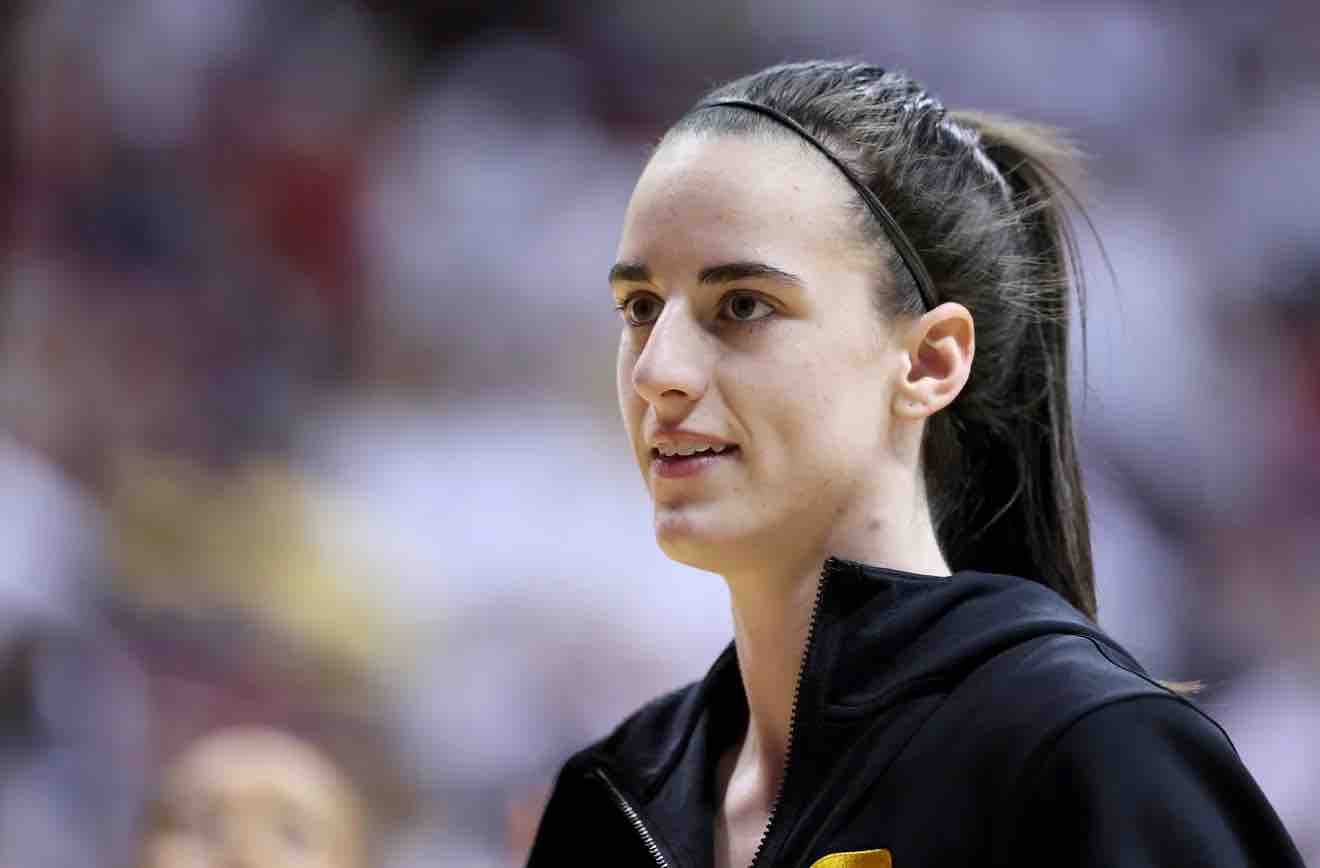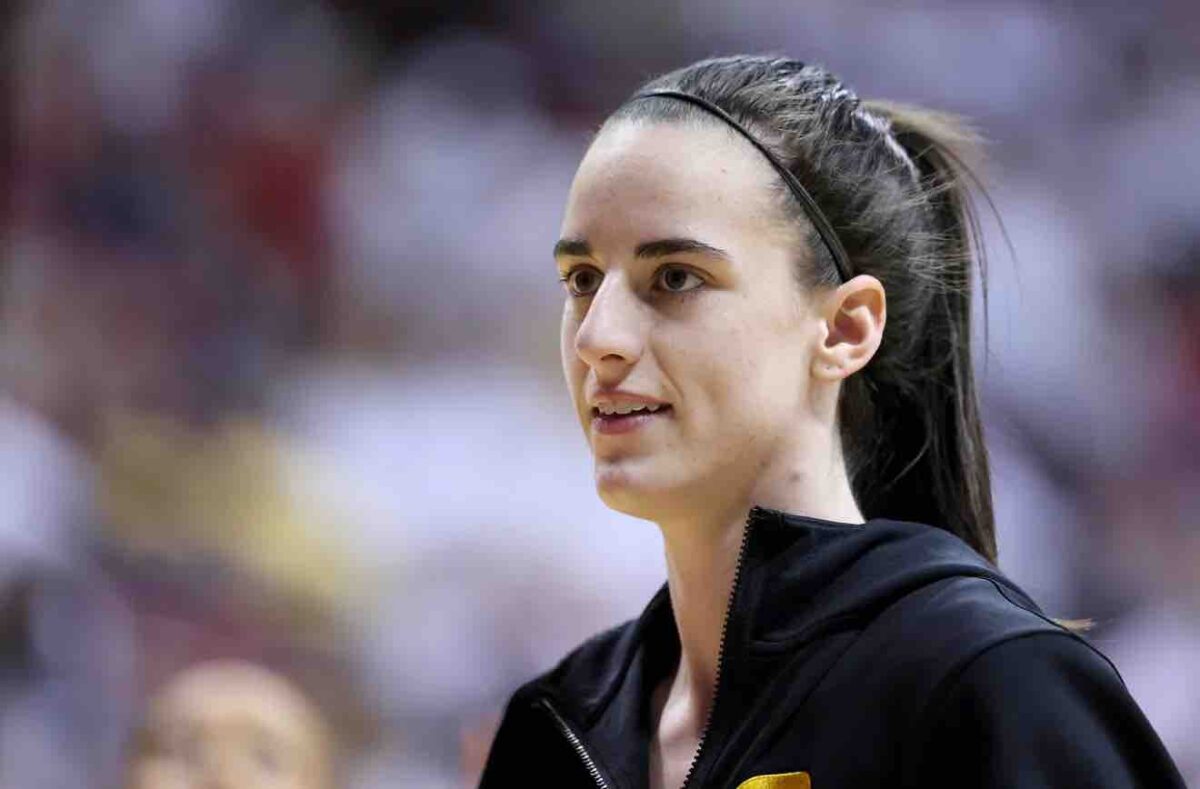
 Where Do Caitlin Clark, and the WNBA, Go From Here?
Where Do Caitlin Clark, and the WNBA, Go From Here?
It is no exaggeration to suggest that Caitlin Clark has become the most impactful female athlete of this generation. Leading Iowa to the NCAA Championship Game in both of the last two seasons, Clark has become the all-time leading scorer in college basketball history. That’s for men or women. I mean, this girl rains down 3’s like she were a tropical depression. Yeah, Caitlin can shoot alright, but if you have watched her play, she is every bit as adept as a passer, leading the NCAA in assists at nearly 9 per game. Some called her the GOAT before her college career was even over. But now that her time at Iowa is done, it is time to start contemplating where she might go from here.
For weeks now, Caitlin has become the darling of the sports world, garnering attention from far and wide as people tracked her progress towards the all-time NCAA scoring record. Inspired by an athlete who represents them, young women from around the country watched each of her games en masse, culminating in her second straight appearance in the National Championship Game where Caitlin managed to score 30 points to go along with her 8 rebounds and 5 assists en route to losing to the undefeated South Carolina Gamecocks. Despite the loss, it was yet another masterful performance for Clark who continues to redefine the limits of her own spectacular play.

But as impactful as Caitlin Clark’s play has been on the court, it is her influence off the court that has been even more remarkable. This year’s women’s National Championship game drew an audience of nearly 19 million viewers, making it the most watched women’s college basketball game of all-time, nearly doubling the previous record that Clark’s Iowa Hawkeyes and LSU set in the national championship game just a year before. In fact, it was less than a million viewers shy of the most watched women’s sporting event ever. But even more importantly, for the first time ever, this year’s women title game outdrew the men’s final between UCONN and Purdue which had 14.8 million viewers. And when it comes to professional and collegiate sports, we all know that viewership means one thing: money.
More viewers means more advertising dollars, and in the world of modern athletics that increased revenue is everything. At the college level, increased funding leads to better facilities, better coaches, and better training, all of which help maximize an athlete’s raw potential. By potentially bringing more money into women’s college basketball, Clark has also opened up the door of opportunity for more female basketball players to hone their craft and develop their play.
But in terms of professional basketball leagues, the impact is even more direct. Viewership for the WNBA has historically lagged well behind the numbers for the NBA but that gap has been narrowing considerably. Just last year, the average WNBA television broadcast netted around 500,000 viewers, still well behind the 1.13 million number that the average NBA broadcast produces, but while the WNBA numbers continue to increase year after year, the NBA seems to have plateaued. The same is true of attendance. The average WNBA game nets around 6600 fans, while the NBA comes in just over 19,000. Given that the WNBA plays half as many games and ticket prices are substantially lower for WNBA games, the difference in revenue is stark. Estimates have the WNBA bringing in about $200 million in 2023 compared to just over $10 billion for the NBA. This, of course, translates to a marked discrepancy in terms of financial compensation. The average WNBA player made around $113k in 2013 compared to the average salary in the NBA which is just under $10 million. That salary differential may seem horribly sexist on its surface but is actually proportional to the discrepancy in revenue. But here’s where the good news starts coming: WNBA revenues have doubled since 2019, meaning an infusion of cash into the women’s game.
And advertisers and corporations are starting to take notice. Clark herself has netted just over 3 million dollars this past year in NIL endorsement deals, making her the fourth highest paid college athlete in the country, and the highest paid college basketball player not related to LeBron James. Suddenly, companies realise that female athletics is a growing market and are pumping advertising dollars into sports that have long been financed at far lower levels than their male counterparts.
Up until this point, women’s basketball, at both the collegiate and professional levels, has paled in comparison to the men’s game, not because the athletes weren’t as good, but rather because there simply wasn’t as much financing for the sport. With better training, facilities, and coaching, women will finally compete on an even playing field as their male counterparts. Likewise, increased viewership should lead to higher salaries, giving prospective female athletes the same incentives to push themselves towards excellence. Next year, as the top draft pick for the WNBA, Caitlin Clark will earn a $76k salary from the WNBA. But because of the doors she has opened for them, the female basketball players who are growing up admiring her should earn much, much more.
But don’t worry about Caitlin Clark. In addition to the massive endorsement deals she is already pocketing, Clark has an offer from the Big3 to play in their league for $5 million. A fringe male league comprised mostly of former NBA players, the Big3 is hoping to make a big splash by enticing Clark to play for them. They have already declared that they are open to Clark playing concurrently in the WNBA. The WNBA has yet to comment.
Given Clark’s immense popularity at this moment, however, the WNBA should not hesitate to allow, nay encourage, Clark to do both. Of course they want Clark to lift the women’s game even further, bringing heightened attention to a league that is already on the rise, but by permitting Clark to play in the Big3 and compete against men, the WNBA has the opportunity to showcase the potential of the women’s game. Does anyone have a doubt that Clark will shine when stacked against a bunch of washed up NBA retirees? Like Billy Jean King did for women’s tennis by beating the snot out of Billy Riggs, Caitlin Clark could serve to bring legitimacy to women’s basketball, thus further eroding the marked disparity in funding and viewership.
And in the end, that means that the next Caitlin Clark, the young woman training on a basketball court as we speak, might finally have the same opportunities as the men who dominate her sport.
Steven Craig is the author of the best-selling novel WAITING FOR TODAY, as well as numerous published poems, short stories, and dramatic works. Read his blog TRUTH: In 1000 Words or Less every THURSDAY at www.waitingfortoday.com





